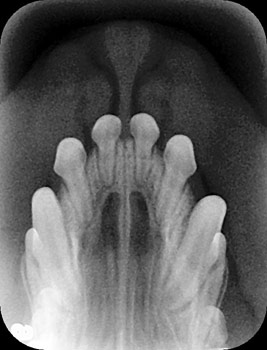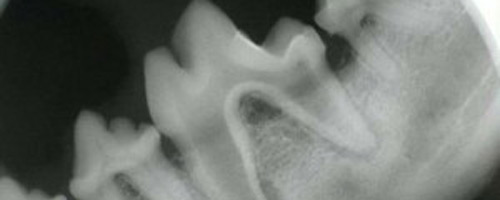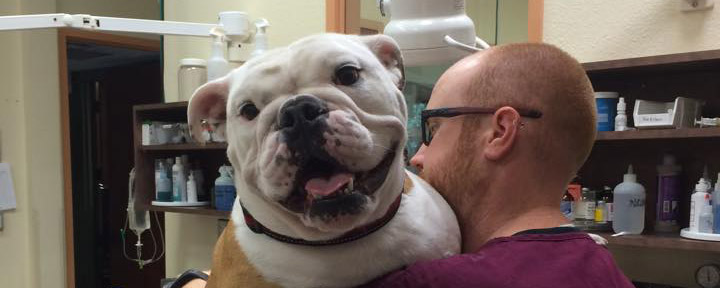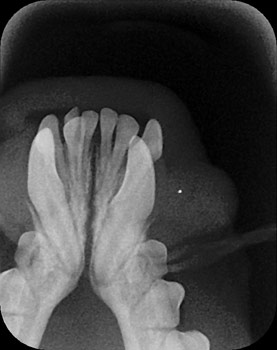Comprehensive Dental Care
Oral disease is the most common health problem for pets.
By the age of three, approximately 80% of dogs and 70% of cats have already developed periodontal disease. Left untreated, the infection can lead to tooth loss and bacteria from the mouth can spread through the bloodstream and cause kidney, liver, and heart problems. Oral disease is treatable regardless of the age of your pet and can be prevented by following a program of regular veterinary exams and a home dental care routine.
Routine dental care has become an integral part of the prevention of periodontal disease and tooth loss in our pets.
Dogs and cats both suffer from plaque and tartar build up which leads to gingivitis and periodontal disease. The periodontal disease is what causes tooth loss. We can prevent these from occurring in your pet with regular oral exams and cleanings as well as ongoing home care.






